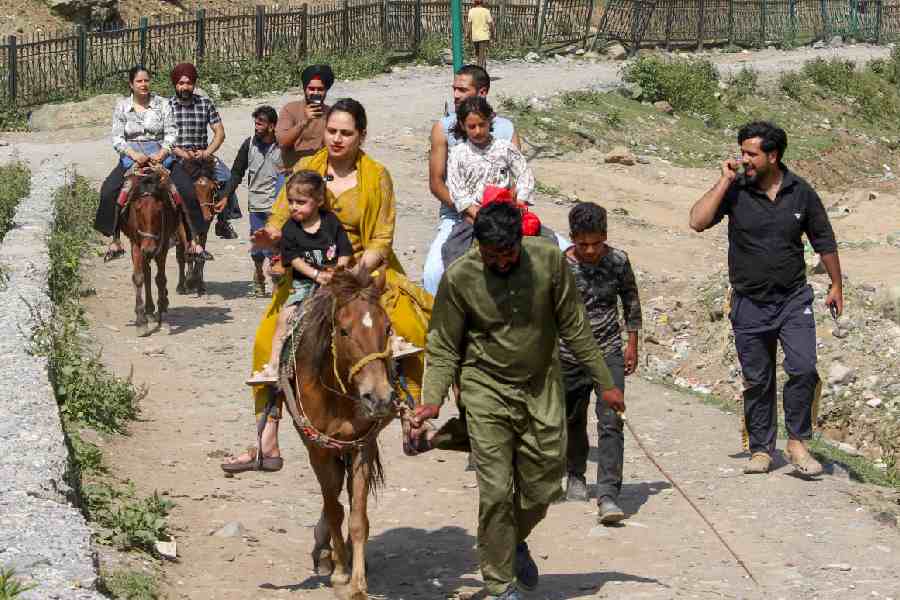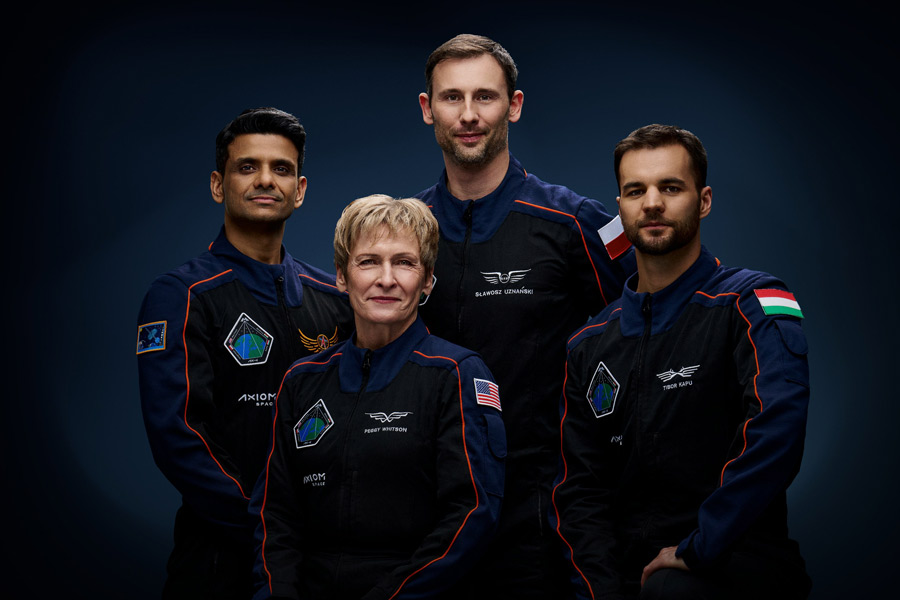|
|
| The Indian connection |
From Lenin to L.N. Mittal. Who would have thought in those heady days of socialism that an Indian-origin multinational company would someday take away what belonged to Lenin? About half-an-hour’s tram ride from the excitement and touristy chaos of Krakow, Poland’s second biggest city, lies Nowa Huta, once a showpiece of socialist reconstruction.
The first thing that strikes you about the place is that it is so green. In every other respect too, it is a completely different world from the medieval town that the centre of Krakow is. The large crowds of tourists that flock to Krakow in summer have little reason to visit Nowa Huta. It has nothing to match the old town square, one of the largest medieval town squares in all Europe, no Jewish quarters to evoke history and memory and none of the new-fangled fun spots that draw the visitors to other parts of Krakow.
It is not even on the road to Auschwitz-Birkenau, about forty minutes’ drive from Krakow, that the tourists take to relive the horrors of the Nazi concentration camps. Indian holiday-makers, usually rare in these parts of the world, can also head for Zakopane at the foot of the Tatra mountains to be shown around the spots where Aamir Khan’s Fanaa was shot a few years ago. Someone who has had some experience of trekking in the Himalaya in India and Nepal would not, however, mind giving the Tatra mountains a miss.
But how can someone from Bengal miss Krakow’s “communism tour”? So one windy morning this June, I wait at the town square to meet others on the tour and the guide to take us through “communist history”. I am joined by two middle-aged Italian women from Bologna. No coincidence this, you would think, if you recall that the only communist party in Europe that still matters in making — and unmaking — governments in a country is the Italian party.
My two Italian companions gently nod and smile at most of my questions. I tell them I am on the tour because I come from a city where communists have been in power for thirty years. But what attracts them to it? They are surprised and they smile again. But their English is too limited to carry on a conversation. So it’s mostly smiles that we exchange, while our guide Pavel, fluent in English, does most of the talking.
We are going to see what once was Lenin Steelworks, one of the biggest steel plants not just in Poland but in the whole of eastern Europe as well. And, of course, the steel township that was built not only to house the large workforce but also to create the new men and their world.
But Pavel had not prepared me for the big surprise of the tour. As we get off the tram and walk toward the steel complex, my eyes fall on the board that proclaims the name of the plant’s owner — Mittal. It is not his fault — he does not know who the Mittals are, let alone about their Indian origin. For a change, it’s my turn to play the guide — to Pavel and to the two smiling women from Bologna.
I knew of the Mittals buying off old steel plants in Romania and ex-communist Central Asian countries. But the story of their acquisition of Lenin Steelworks in Krakow may not be all that familiar to Indians, except for those with a special interest in steel industry.
Of course, one’s being an Indian brings no special privileges such as entry into the factory. Well, not many among the workers or visitors even know that Mittals are an Indian-born business empire. All that they know is that the factory was bought over from the Polish government by a French company before the Mittals took it over. No, they do not know of the Arcelor-Mittal merger.
But the Mittals have not changed the new name that the steel plant was given following the fall of communism in Poland. Lenin Steelworks, born in 1953,was renamed Sendzimir Steel in 1991, after the distinguished Polish engineer who invented a new steel-producing technology.
A massive complex spread over 25 square kilometres, it once employed 35,000 people and produced an average of 70 million tones a year. About 7,000 people work there now.
But then, the transition from Lenin to Mittal is not the only change that has come to this steel township. The central square, where once stood a 40-metre statue of Lenin, is now named after Ronald Reagan.
According to a documentary on Nowa Huta (which literally means New Foundry) that is shown to visitors on the “communism tour”, the statue is now the private property of a businessman in Sweden. The Swedish collector is said to have bought it “dirt cheap” because there were no bidders for it in Poland when it was put up for auction.
The house where Lenin lived for a year, however, stands as a museum — on the road to the airport which is named after Krakow’s most famous native, Pope John Paul II.
But even without the statue or the name of Lenin to the steel factory, Nowa Huta remains an unmistakable testimony to Poland’s communist interlude. Its grey, featureless and barrack-style residential apartments are in sharp contrast to the neo-Gothic and Baroque structures that make the old town centre of Krakow a feast to the eye.
There still survive some of the “milk bars” which were supposed to be “socialistic cafés” meant to lure the workers away from their vodka-drinking habits. “But that was in the early days,” Pavel tells us, “later, it suited the communist rulers that the people drowned all their anger — and complaints — in vodka. In Poland, vodka, like religion, is the opium of the masses.” Also echoing that age stands the “people’s theatre” where plays and other performances once had just one role — to sing the virtues of communism.
When night falls on Nowa Huta, some “communism tours” begin in some old, socialist apartment, where roaring parties see the tourists searching for their clothes the morning after.
Nobody minds that in Krakow, where one of the popular tour companies is called Good Bye Lenin.












